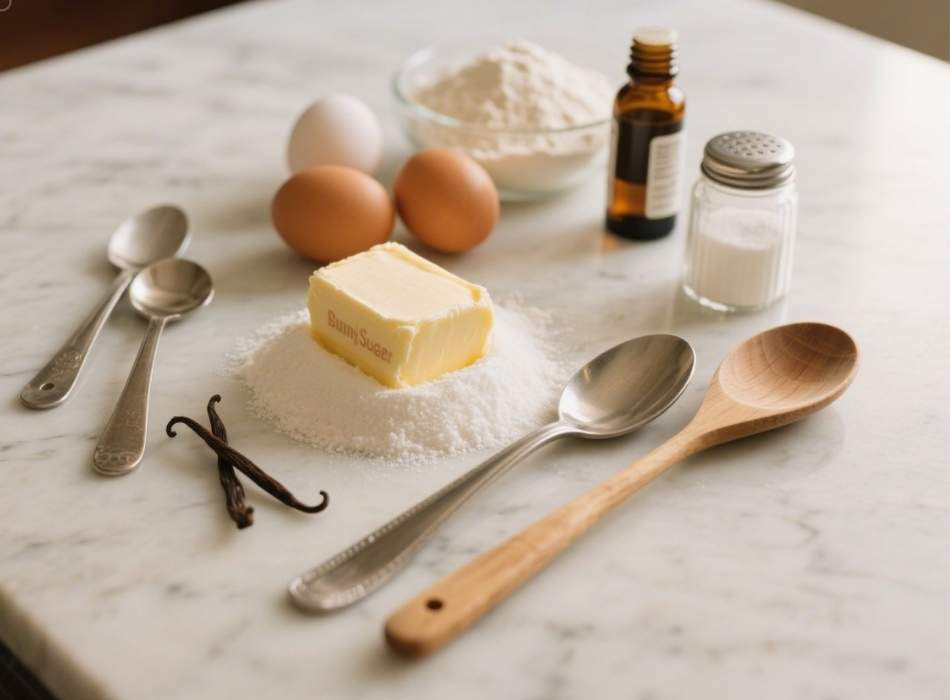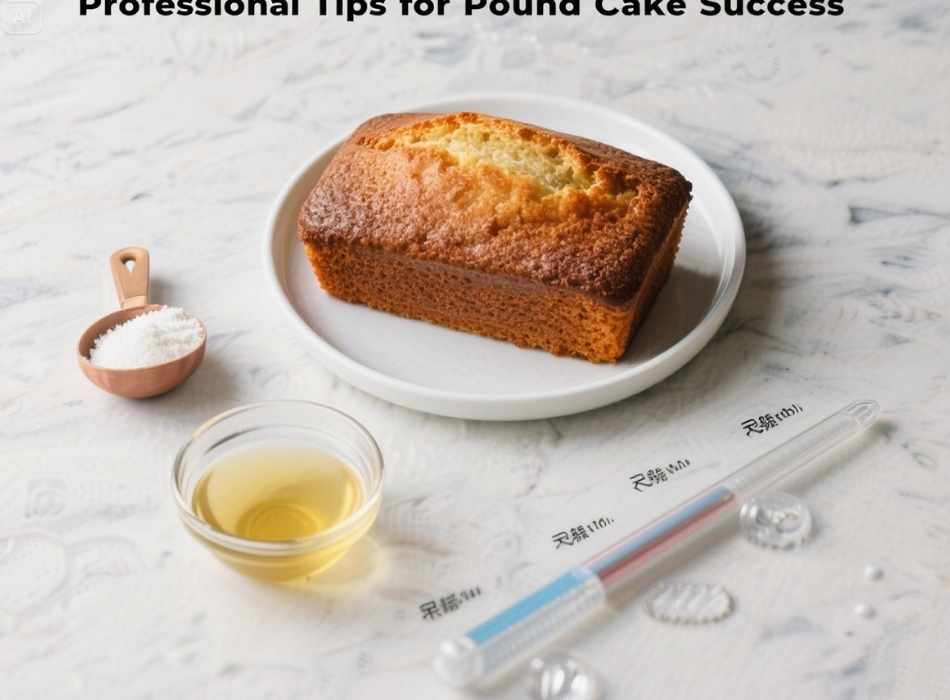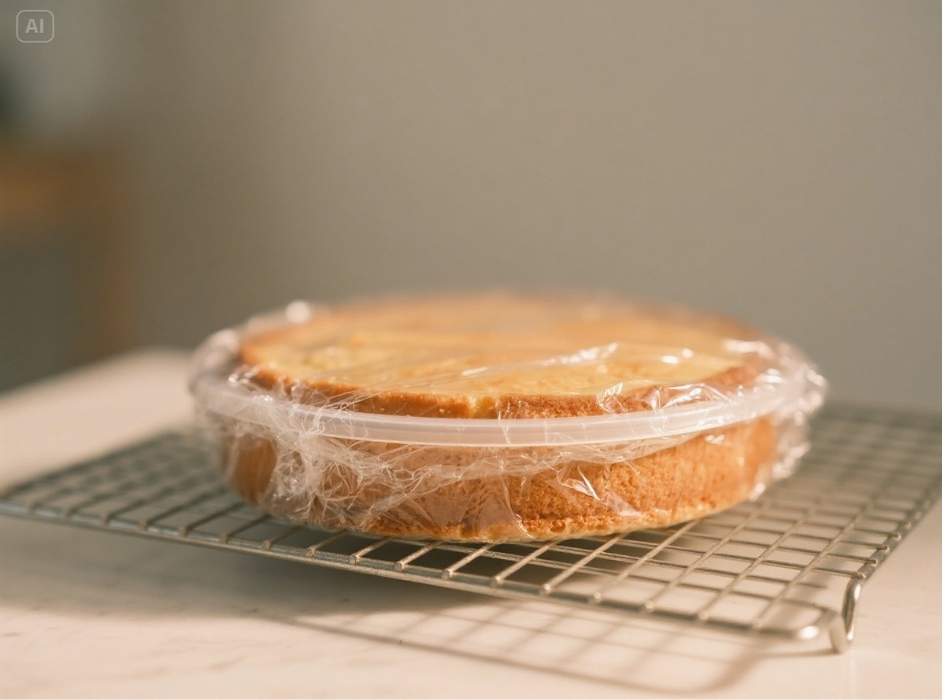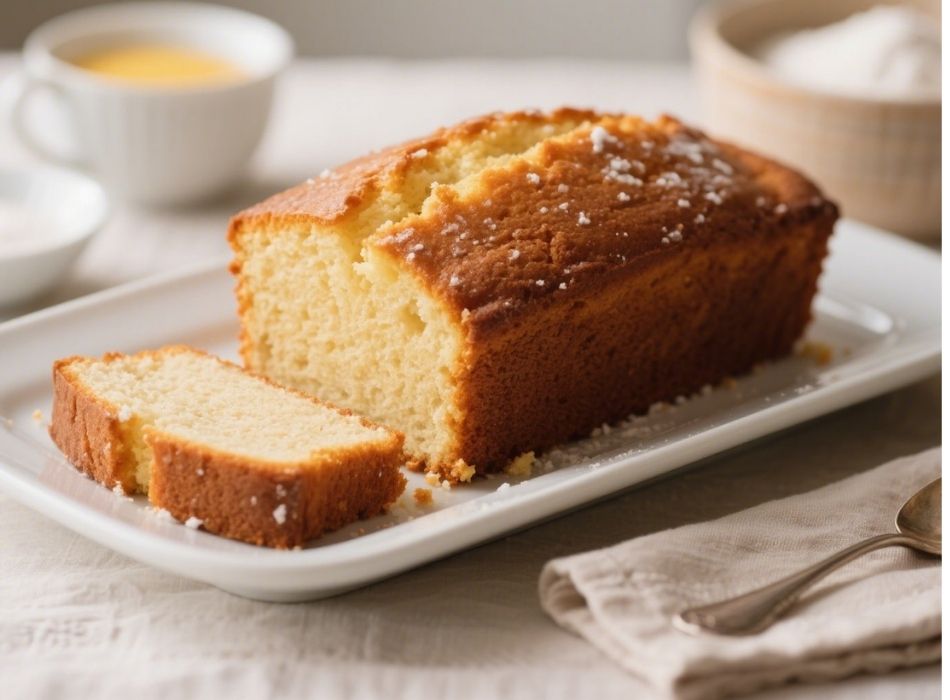Few desserts capture the essence of Southern hospitality quite like a perfectly baked pound cake. Among the countless variations passed down through generations, Miss Dot’s pound cake recipe stands as a testament to the power of simple ingredients transformed into something extraordinary. This isn’t just another cake recipe—it’s a piece of culinary history that has graced Southern tables for decades, earning its reputation as one of the most beloved and foolproof pound cake recipes ever created.
The beauty of Miss Dot’s pound cake lies in its simplicity and reliability. Unlike modern recipes that call for exotic ingredients or complicated techniques, this classic formula relies on pantry staples and time-tested methods. The result is a dense, buttery cake with a fine crumb and rich flavor that pairs beautifully with fresh berries, a dusting of powdered sugar, or simply enjoyed on its own with a cup of coffee.
What sets Miss Dot’s recipe apart from other pound cakes is its unique ratio of ingredients and specific mixing technique. The cake achieves its signature texture through careful attention to creaming times, ingredient temperatures, and baking methods. Whether you’re a seasoned baker or someone just starting their baking journey, this recipe offers both reliability and room for personal touches that make it truly your own.
The Story Behind Miss Dot’s Famous Recipe

Miss Dot’s pound cake recipe emerged from the heart of Southern cooking tradition, where recipes were rarely written down but passed along through demonstration and memory. The original Miss Dot was known throughout her community for producing consistently perfect pound cakes that never failed to impress at church gatherings, family reunions, and special occasions.
The recipe gained widespread recognition when it began circulating among Southern cooking circles, eventually making its way into community cookbooks and being shared among friends and neighbors. What made Miss Dot’s version special was her attention to detail and her willingness to share the specific techniques that ensured success every time.
Traditional pound cakes got their name from the original recipe that called for a pound each of butter, sugar, eggs, and flour. Miss Dot’s version maintains the spirit of this classic ratio while making practical adjustments for modern home baking. The recipe produces a cake that’s substantial enough to serve a crowd yet refined sufficient for elegant entertaining.
Essential Ingredients for Perfect Results

The success of Miss Dot’s pound cake depends on using quality ingredients at the proper temperatures. Each component plays a crucial role in creating the cake’s distinctive texture and flavor profile.
Butter: The Foundation of Flavor
High-quality unsalted butter forms the backbone of this recipe. The butter should be softened to room temperature, which typically takes about an hour when left on the counter. Properly softened butter will yield slightly to pressure but won’t be so soft that it loses its shape. This temperature is crucial for achieving the proper creaming action that incorporates air into the batter.
European-style butter, with its higher fat content, can elevate the cake’s richness, though standard unsalted butter produces excellent results. Avoid using margarine or butter substitutes, as they lack the fat content and flavor complexity needed for an authentic pound cake.
Sugar: Creating Structure and Sweetness
Granulated white sugar is the standard choice for Miss Dot’s pound cake, providing both sweetness and structural support. The sugar crystals help create tiny air pockets during the creaming process, contributing to the cake’s texture. Some bakers experiment with superfine sugar for an even more refined crumb, though regular granulated sugar works perfectly well.
Eggs: Binding and Richness
Large eggs at room temperature are essential for proper emulsification. Cold eggs can cause the butter mixture to curdle, resulting in a less tender cake. To quickly bring eggs to room temperature, place them in a bowl of warm water for about 10 minutes before using.
The eggs should be added one at a time, allowing each to fully incorporate before adding the next. This gradual addition prevents the batter from breaking and ensures a smooth, homogeneous mixture.
Flour: The Structural Element
All-purpose flour provides the cake’s structure, though some bakers prefer cake flour for an even more tender crumb. The flour should be measured accurately, preferably by weight, as too much flour can result in a dry, heavy cake. If measuring by volume, spoon the flour into the measuring cup and level it off rather than scooping directly from the bag.
Additional Flavor Components
Pure vanilla extract adds depth and warmth to the cake’s flavor profile. Real vanilla extract, rather than imitation, makes a noticeable difference in the final product. Some variations of Miss Dot’s recipe include almond extract for additional complexity, typically using half the amount of almond extract as vanilla.
A small amount of salt enhances all the other flavors and balances the sweetness. Even though the recipe uses unsalted butter, this additional salt is necessary for optimal flavor development.
The Complete Miss Dot Pound Cake Recipe
Ingredients:
- 1 cup (2 sticks) unsalted butter, softened
- 1 cup granulated sugar
- 4 large eggs, room temperature
- 2 cups all-purpose flour
- 1 teaspoon pure vanilla extract
- 1/2 teaspoon salt
- 1/4 cup whole milk, room temperature
Instructions:
Preparation Phase
Preheat your oven to 325°F (165°C). This relatively low temperature ensures even baking and prevents the exterior from browning too quickly. Grease a 9×5-inch loaf pan thoroughly with butter, then dust with flour, tapping out any excess. This dual coating prevents sticking and creates an attractive crust.
Creating the Base
In a large mixing bowl, cream the softened butter until light and fluffy, approximately 3-4 minutes with an electric mixer on medium speed. The butter should become noticeably paler and increase in volume. Gradually add the sugar, continuing to beat for another 3-4 minutes until the mixture is very light and fluffy.
Incorporating the Eggs
Add eggs one at a time, beating well after each addition. Each egg should be completely incorporated before adding the next. If the mixture appears to curdle slightly, don’t worry—it will come together as you continue mixing.
Flour Integration
In a separate bowl, whisk together the flour and salt. Add the flour mixture to the butter mixture in three additions, alternating with the milk in two additions. Begin and end with the flour mixture. Mix just until combined after each addition—overmixing can result in a tough cake.
Final Assembly
Stir in the vanilla extract until just combined. The batter should be smooth and thick. Pour the batter into the prepared loaf pan, spreading it evenly and smoothing the top with a spatula.
Baking Process
Bake for 60-75 minutes, or until a toothpick inserted in the center comes out clean or with just a few moist crumbs. The top should be golden brown and spring back lightly when touched. Avoid opening the oven door during the first 45 minutes of baking, as this can cause the cake to sink.
Professional Tips for Pound Cake Success

Temperature Control
Room temperature ingredients are crucial for proper mixing and texture development. Cold ingredients don’t combine well and can result in a dense, heavy cake—plan by taking eggs, butter, and milk out of the refrigerator about an hour before baking.
Mixing Techniques
The creaming process is vital for creating a light, tender cake. Don’t rush this step—properly creamed butter and sugar should be pale yellow and noticeably increased in volume. Under-creaming results in a dense cake, while over-creaming can cause the cake to rise too much and then collapse.
Measuring Accuracy
Baking is a science, and accurate measurements are essential. Use a kitchen scale when possible, as weight measurements are more precise than volume measurements. If using measuring cups, follow the spoon-and-level method for flour and pack brown sugar (if using) firmly into the cup.
Oven Positioning
Place the cake on the middle rack of your oven for even heat distribution. If your oven has hot spots, rotate the pan halfway through baking. Use an oven thermometer to verify that your oven temperature is accurate, as temperature variations can significantly affect baking results.
Variations and Flavor Adaptations

Miss Dot’s basic pound cake recipe serves as an excellent foundation for numerous variations. These adaptations allow you to customize the cake for different occasions or personal preferences while maintaining the recipe’s reliable structure.
Citrus Variations
Lemon pound cake is a popular variation that adds bright, fresh flavor. Replace the vanilla extract with lemon extract and add the zested rind of two lemons to the batter. For orange pound cake, use orange extract and orange zest. The citrus oils in the zest provide an intense flavor that complements the rich, buttery base.
Almond Pound Cake
Replace half the vanilla extract with almond extract for a subtle nutty flavor. Be careful not to use too much almond extract, as it can be overpowering. Some bakers add sliced almonds to the top of the cake before baking for additional texture and visual appeal.
Chocolate Variations
Create a marble pound cake by dividing the batter in half and mixing cocoa powder into one portion. Alternate spoonfuls of vanilla and chocolate batter in the pan, then swirl with a knife for a marbled effect. For a whole chocolate pound cake, replace 1/4 cup of flour with unsweetened cocoa powder.
Seasonal Additions
During fall, consider adding warm spices like cinnamon, nutmeg, and allspice. A teaspoon of cinnamon and 1/4 teaspoon each of nutmeg and allspice create a wonderfully aromatic spice cake. Fresh berries can be folded into the batter during the summer months, though they may cause slight color bleeding.
Troubleshooting Common Issues

Even experienced bakers sometimes encounter problems with pound cakes. Understanding the causes of common issues helps prevent them and ensures consistent results.
Dense, Heavy Texture
A dense pound cake usually results from insufficient creaming of butter and sugar, cold ingredients, or overmixing once the flour is added. Ensure butter is softened correctly and cream it thoroughly with the sugar. Mix flour just until incorporated to avoid developing too much gluten.
Cracked Top
While a slightly cracked top is normal and even desirable in pound cakes, excessive cracking can indicate an oven temperature that’s too high or placing the cake too high in the oven. Lower the temperature by 25°F and move the rack to the middle position.
Sunken Center
A sunken center typically results from opening the oven door too early, temperature fluctuations, or expired leavening agents (though traditional pound cake relies primarily on creamed butter and eggs for lift). Avoid opening the oven door during the first 45 minutes of baking.
Dry Cake
Overbaking is the most common cause of dry pound cake. Start checking for doneness at the minimum baking time and remove the cake as soon as a toothpick comes out clean. Overmixing can also create a dry texture by developing too much gluten in the flour.
Storing and Serving Suggestions

Proper storage helps maintain the cake’s moisture and texture. Allow the cake to cool completely in the pan for about 10 minutes, then turn it out onto a wire rack to cool completely. Wrap the cooled cake tightly in plastic wrap or store it in an airtight container.
Miss Dot’s pound cake improves with age, becoming more moist and developing deeper flavors after a day or two. The cake will stay fresh at room temperature for up to a week, or can be frozen for up to three months. If freezing, wrap the cake in plastic wrap and then in aluminum foil to prevent freezer burn.
For serving, pound cake is delicious on its own but also pairs beautifully with various accompaniments. Fresh berries and whipped cream create an elegant dessert, while a simple dusting of powdered sugar adds visual appeal. Toasted slices with butter make an excellent breakfast or afternoon snack with coffee or tea.
Mastering a Timeless Classic
Miss Dot’s pound cake recipe represents more than just a dessert—it’s a connection to baking traditions that have brought families and communities together for generations. The recipe’s enduring popularity stems from its reliability, versatility, and the deep satisfaction that comes from creating something both simple and sublime.
Success with this recipe comes from understanding the importance of each step and ingredient. Take time to properly cream the butter and sugar, use room temperature ingredients, and resist the urge to rush the process. The reward is a cake that embodies the best of traditional Southern baking: rich, buttery, and perfectly satisfying.
Whether you’re baking for a special occasion or simply want to fill your kitchen with the aroma of homemade cake, Miss Dot’s pound cake delivers every time. Start with the basic recipe to master the technique, then explore variations that suit your taste preferences. With practice, you’ll develop the intuition that turns good bakers into great ones, creating cakes that become the centerpiece of your family traditions.



















